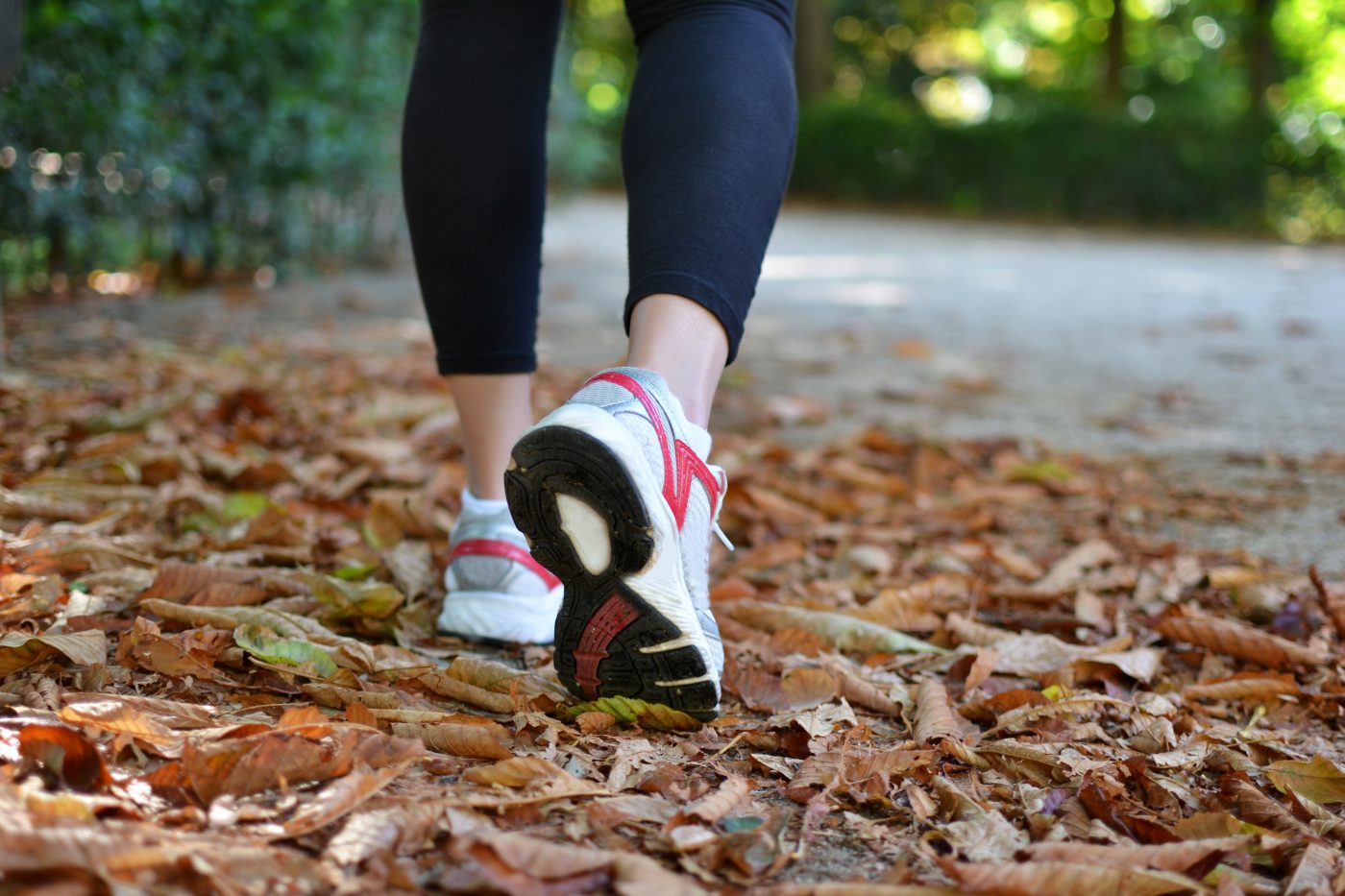A pilot study from DePaul University researchers suggests that a program combining well-established techniques of cognitive behavioral therapy (CBT) and specialized neuromuscular exercises can improve movement confidence and engagement in physical exercise in adolescents with juvenile fibromyalgia (JFM).
JFM occurs in 2 to 6 percent of children, primarily in adolescent girls, and is characterized by chronic widespread musculoskeletal pain associated with significant physical and emotional impairment.
Physical exercise is strongly recommended for the management of musculoskeletal pain in JFM patients, but traditional exercise programs such as aerobic or resistance training often include difficult or uncomfortable exercises that patients fear will worsen pain.
Indeed, juvenile fibromyalgia adolescents have poor biomechanics that may increase the risk of injury during certain exercises which, combined with the fear of pain, often lead to a lack of confidence in one’s ability and sedentarism, reinforcing disability and pain.
Susan T. Tran, PhD, and her colleagues published their preliminary results in a study titled “A pilot study of biomechanical assessment before and after an integrative training program for adolescents with juvenile fibromyalgia” in the journal Pediatric Rheumatology.
“The results showed that mechanics of walking gait and functional performance appeared to improve after treatment. (…) hip abduction strength and dynamic postural control also demonstrated improvements,” the authors wrote in their report.
The program – dubbed Fibromyalgia Integrative Training for Teens (FIT Teens) – followed 11 female JFM adolescents (ages 12-18) for eight weeks in twice-weekly, 90-minute small-group sessions, but patients were also assigned exercises to be performed twice over the weekend at home.
Half the session was dedicated to cognitive behavioral therapy techniques to enhance psychological confidence in engaging in physical exercise including pain education, relaxation skills, distraction, and modification of negative thoughts about pain.
The other half was devoted to neuromuscular training targeting basic functional skills including gait, posture, balance, and movement mechanics. The exercises were tailored to be well tolerated by JFM patients, and the participants were allowed to adapt to the exercises before advancing in the training. There was no control group.
Based on the study’s results, the team believes this two-step program can help obtain a safer and more stable execution of functional tasks of daily living, such as sit-to-standing, walking, and stair climbing, while minimizing risk of overexertion, stress, injury, and/or pain in individuals with chronic pain.
Studies with larger patient groups and longer time duration are now required to test whether these improvements are indeed attributable to the FIT Teen program and whether they can translate into long-lasting changes in functional movement.
Still, the authors believe this preliminary study “may offer enhanced capabilities to better design intervention protocols specifically targeting biomechanical deficits in patients with musculoskeletal pain for optimal outcomes.”

